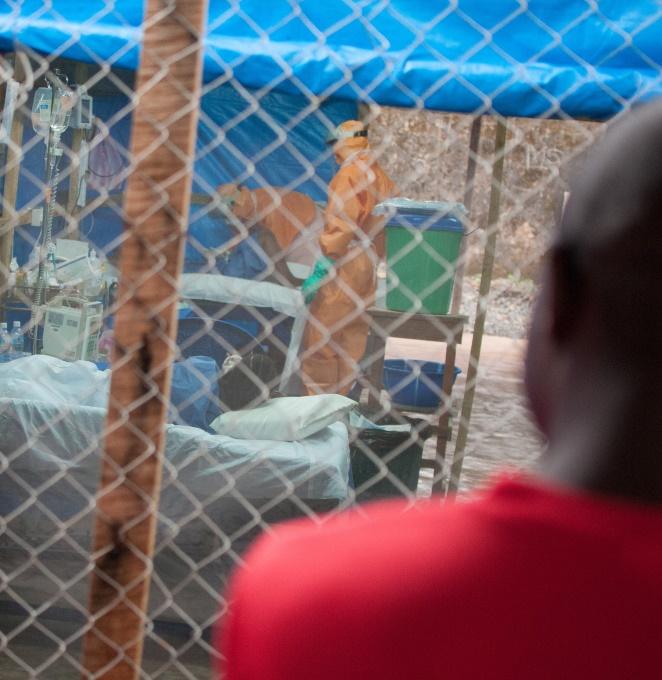The current total of 28,000 people infected in West Africa's 2014-2016 Ebola outbreak is likely an underestimate, according to a new study today that fleshes out the number of asymptomatic or mild cases in a village in Sierra Leone.
In other Ebola research developments, a research team yesterday shared new antibody findings from blood donated in an earlier trial of convalescent plasma in Guinea.
About 7.5% of villagers test positive
The investigation into asymptomatic Ebola infections was led by a team from Partners in Health, an aid organization that helped staff treatment centers during the outbreak. They published their findings today in Public Library of Science (PLoS) Neglected Tropical Diseases.
The researchers focused on a village in Sierra Leone's Kono district that had been an outbreak hotspot. From October 2015 to January 2016 they identified 193 adults and kids over age 4 who weren't sickened during the outbreak but had lived with or shared bathroom facilities with a confirmed case-patient.
Blood samples were collected from 187 people and tested for Ebola antibodies and compared with positive and negative controls. Researchers found that blood from 14 villagers (7.5%) was positive for Ebola antibodies. Two people said they had a fever while they were quarantined, while 12 denied any signs or symptoms.
The researchers included the caveat that they can't guarantee that the patients didn't have symptoms, and they noted that without more data, the findings can't be extrapolated to other outbreak villages.
"The findings provide further evidence that Ebola, like many other viral infections, presents with a spectrum of clinical manifestations, including minimally symptomatic infection," the group wrote. "These data also suggest that a significant portion of Ebola transmission events may have gone undetected during the outbreak."
How protective is convalescent serum?
Early this year clinicians from Doctors without Borders (MSF) who worked at an Ebola treatment unit in Conakry, Guinea, reported that a trial of convalescent plasma was safe for patients but didn't offer a significant survival benefit. However, a problem was that they didn't know the level of neutralizing antibodies in donor plasma before transfusion, which left questions about the potency of the therapy.
Yesterday they reported the antibody levels in the donations used in the trial, based on enzyme-linked immunosorbent assay (ELISA) and plaque-neutralization assay. They published their findings in a letter to the New England Journal of Medicine.
Most patients received plasma with immunoglobulin G (IgG) antibodies, but levels of neutralizing antibodies were low in many donations. The IgG antibody dose was associated with larger increases in cycle-threshold values after transfusion, but the team didn't find a significant association with mortality. Neither outcome was associated with the dose of neutralizing antibodies that patients received.
The investigators said more studies are needed to assess if plasma containing higher antibody doses is more effective, how antibody measures correlate with virologic and clinical outcomes, and how IgG antibodies clear viruses.
See also:
Nov 15 PLoS Negl Trop Dis abstract
Nov 15 PLoS press release
Nov 14 N Engl J Med letter
Jan 6 CIDRAP News story "Ebola studies pan convalescent plasma, find hope for malaria regimen"


















